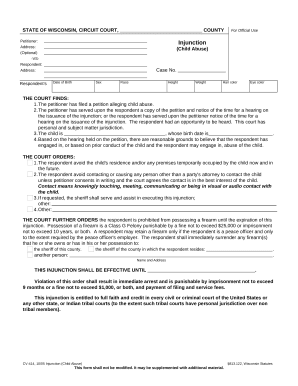
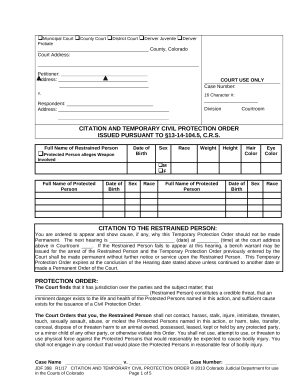


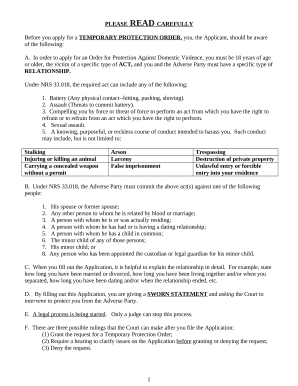
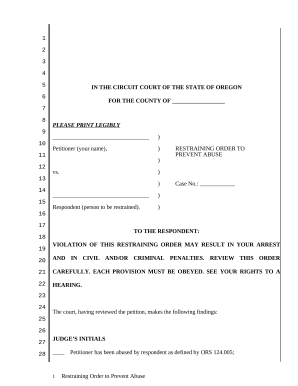
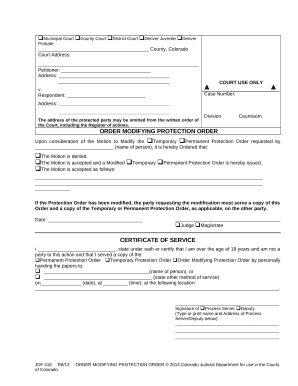

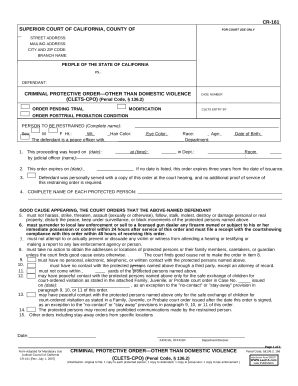
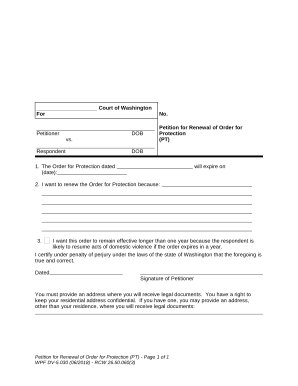
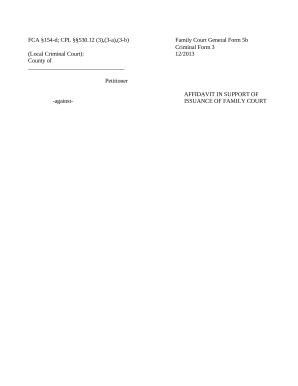

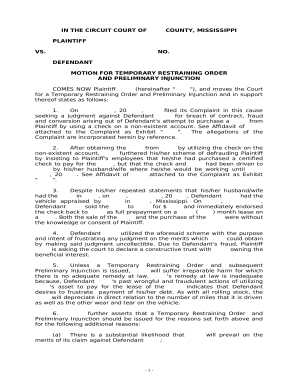

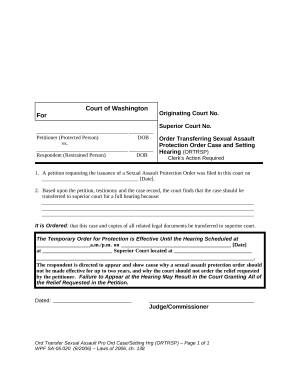
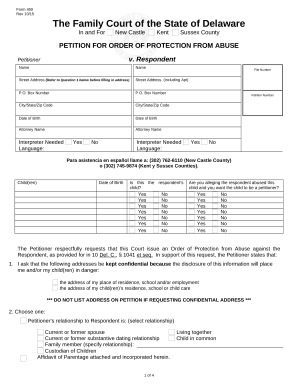

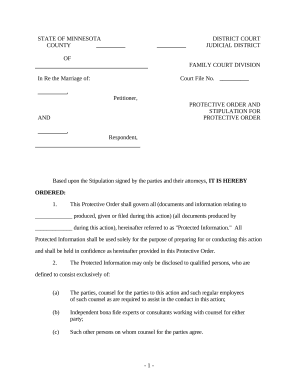


Your workflows always benefit when you are able to discover all the forms and documents you may need on hand. DocHub supplies a wide array of document templates to ease your day-to-day pains. Get a hold of Legal Protection Orders category and quickly find your document.
Start working with Legal Protection Orders in a few clicks:
Enjoy effortless document management with DocHub. Explore our Legal Protection Orders collection and discover your form today!